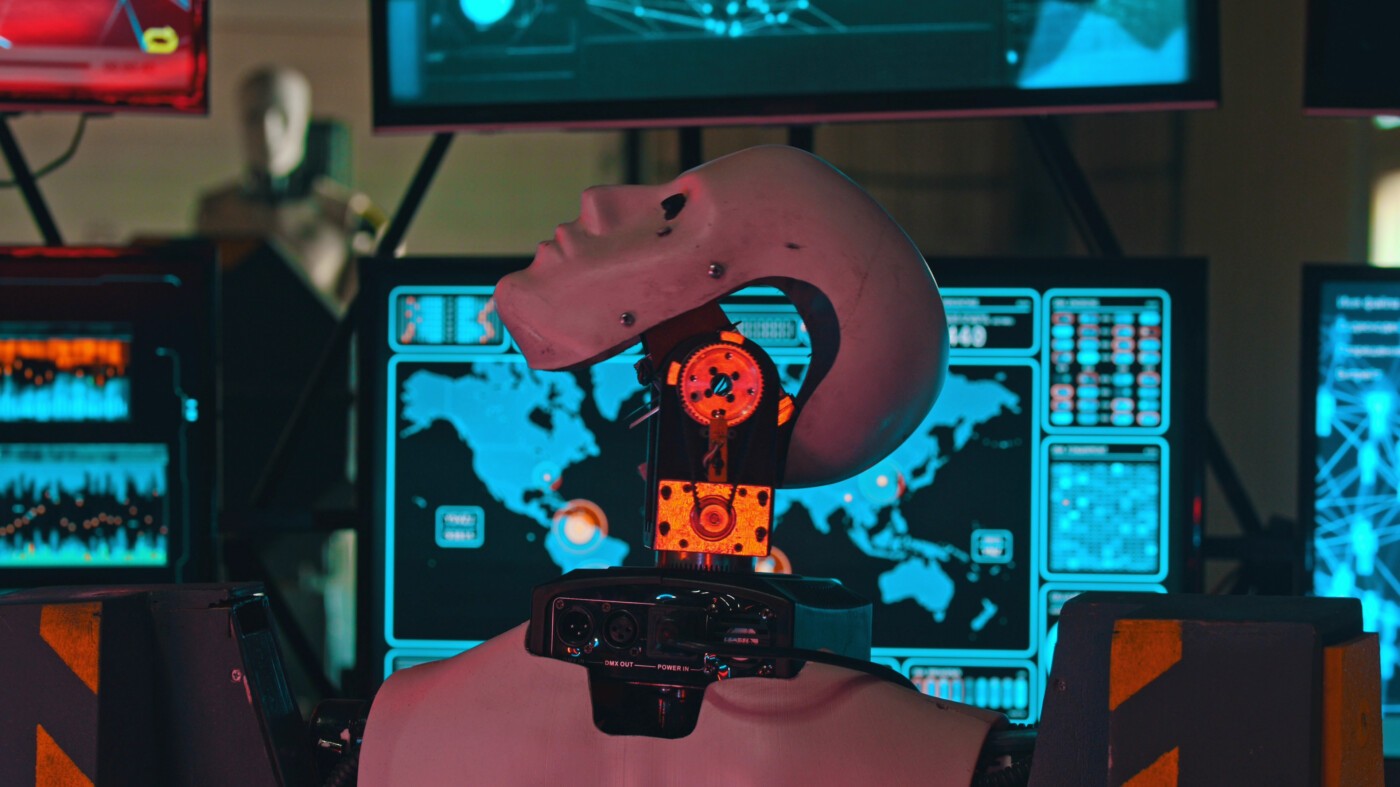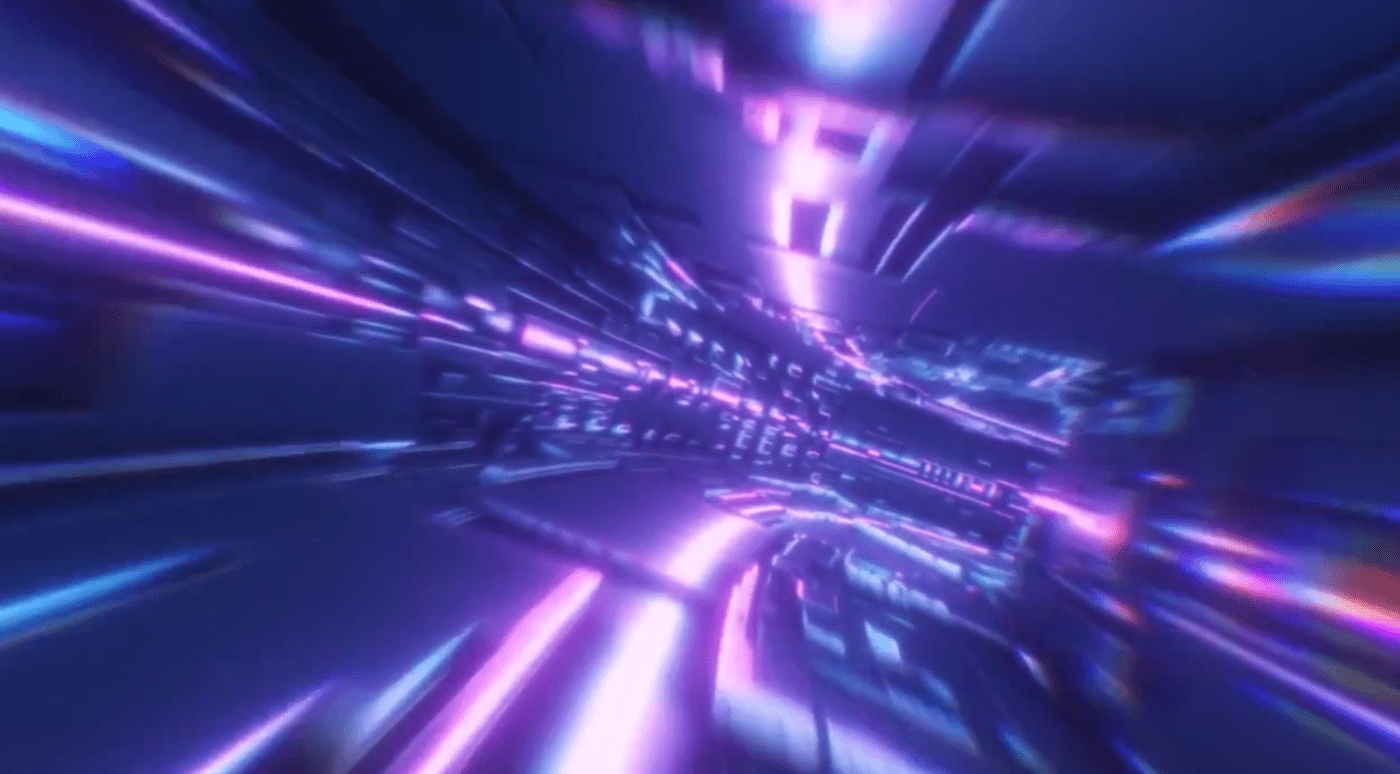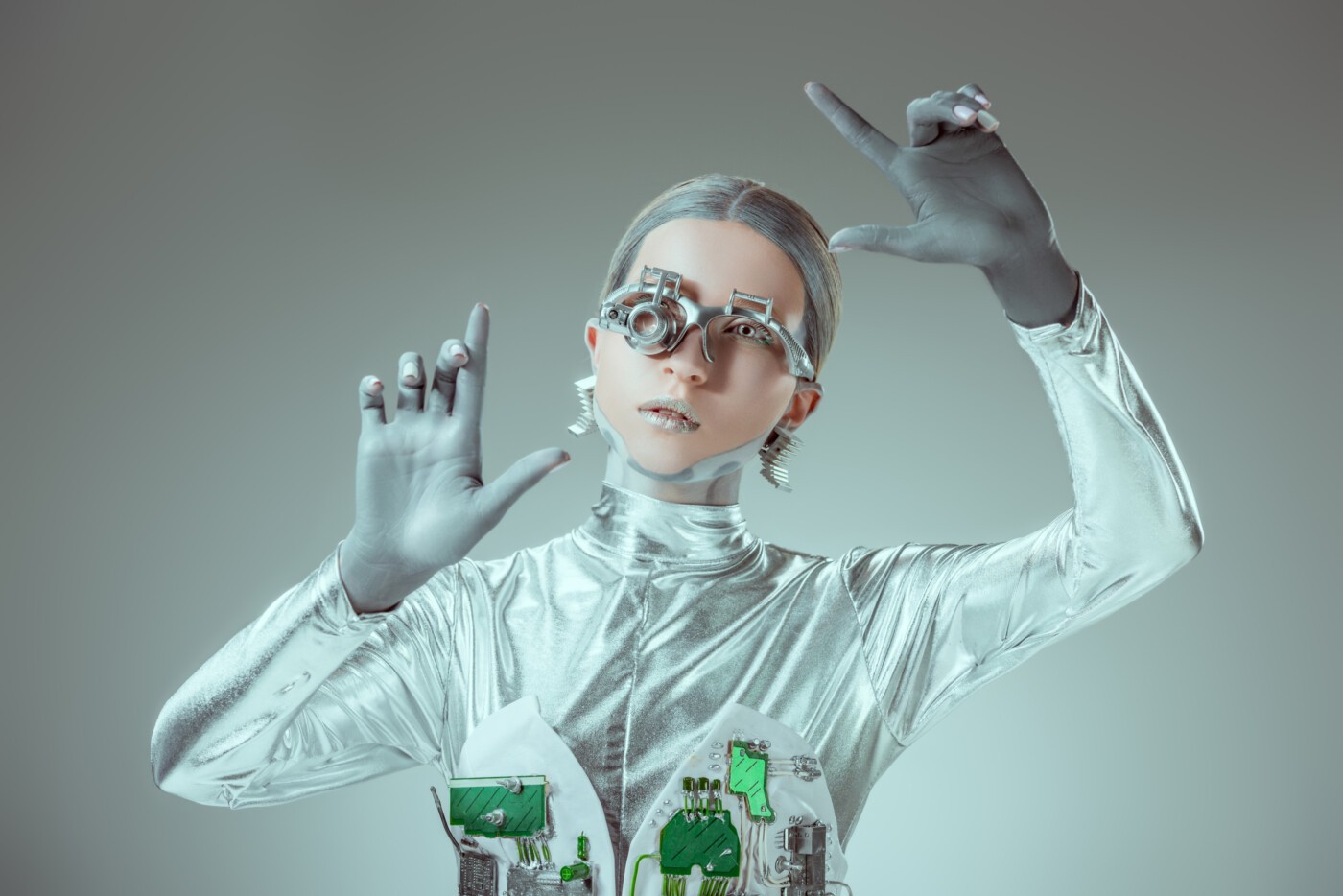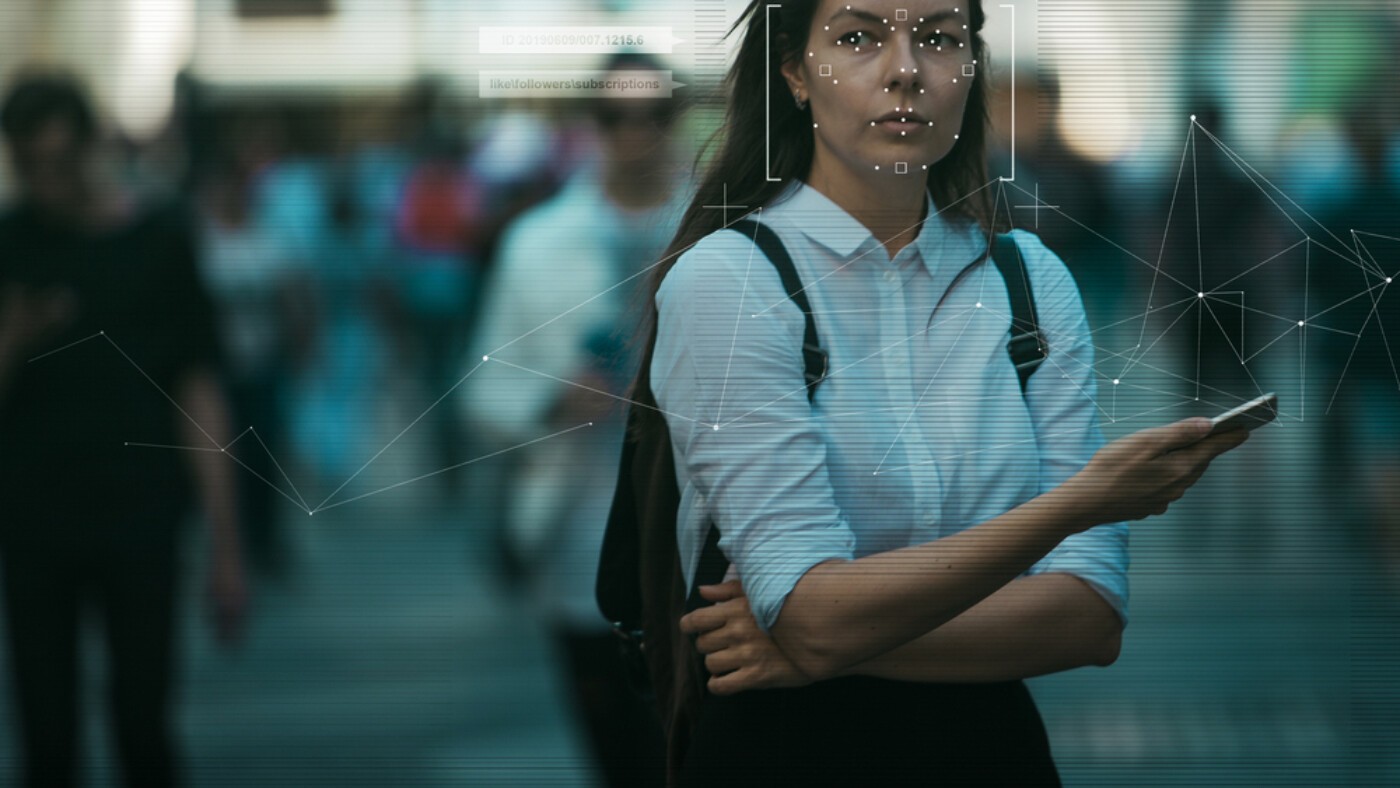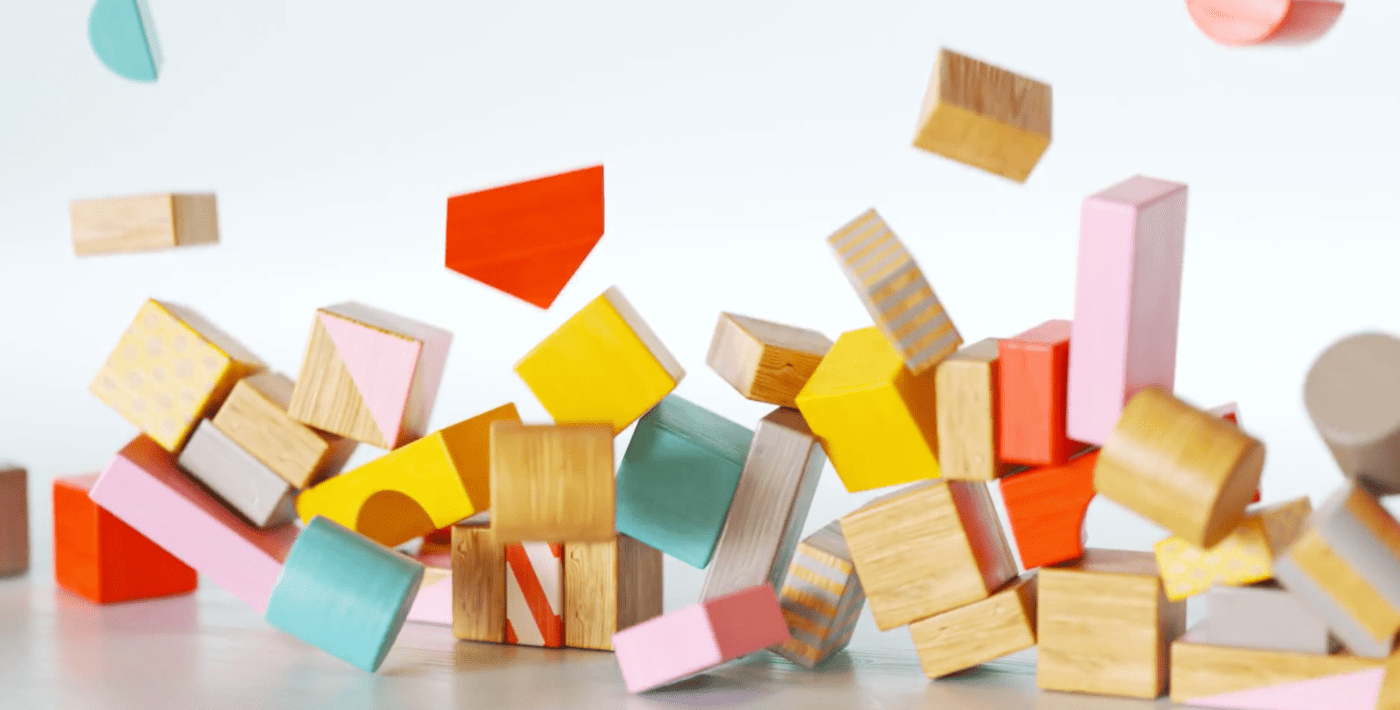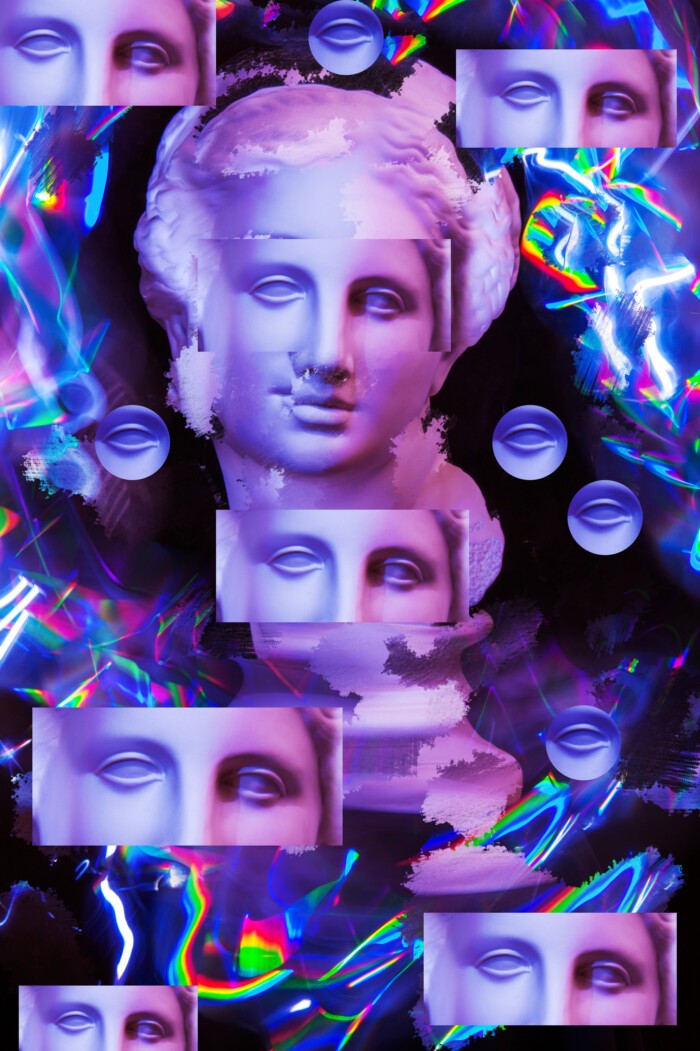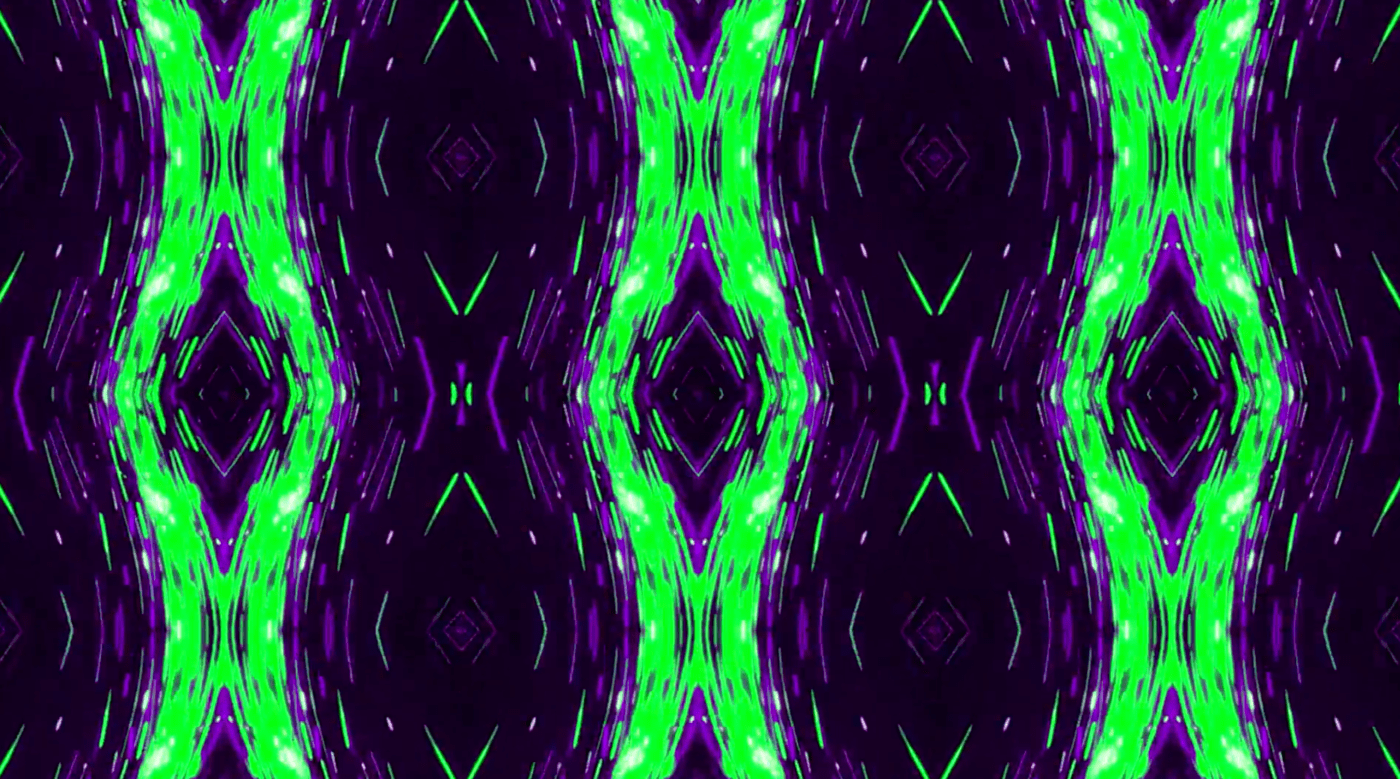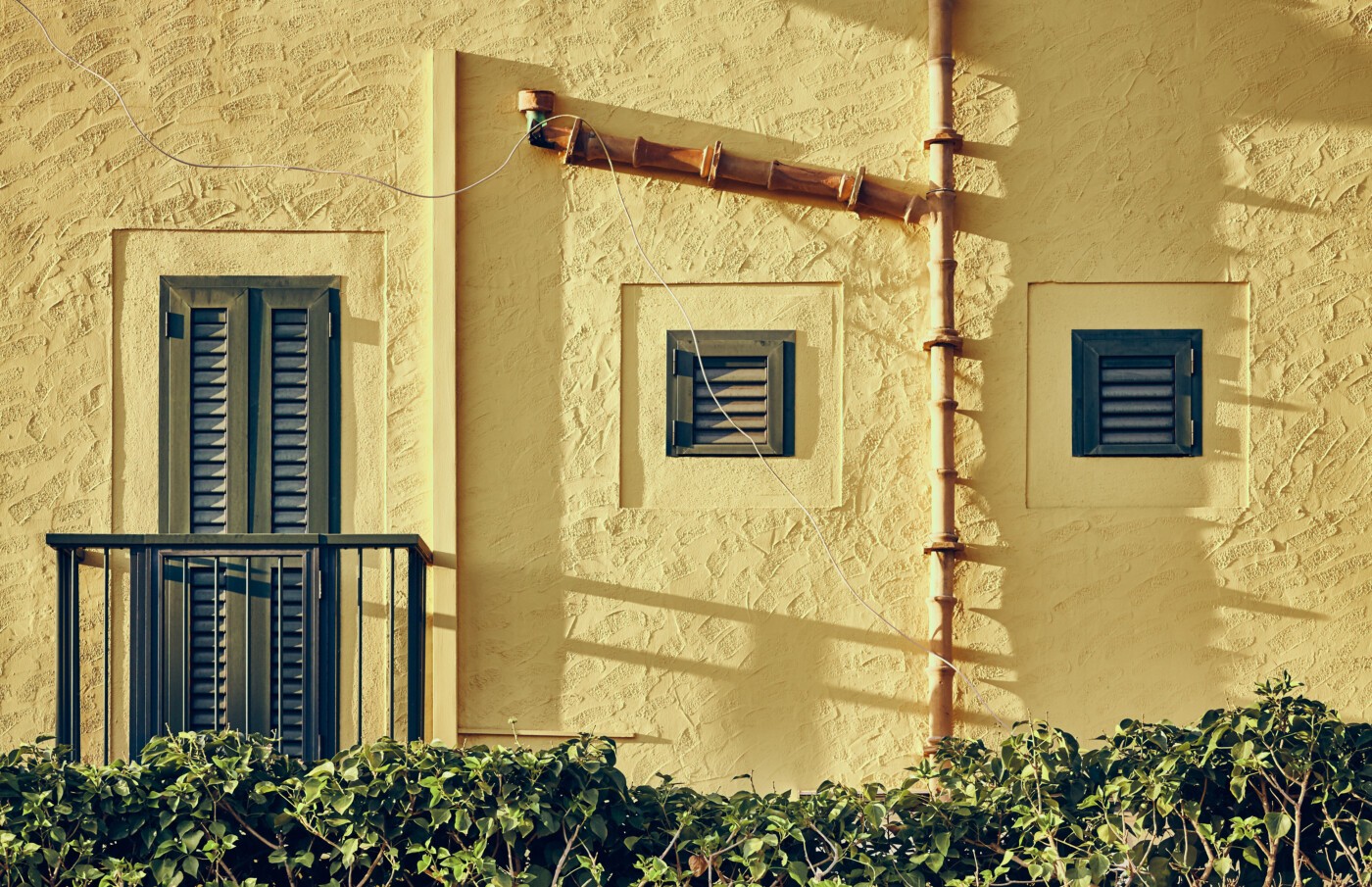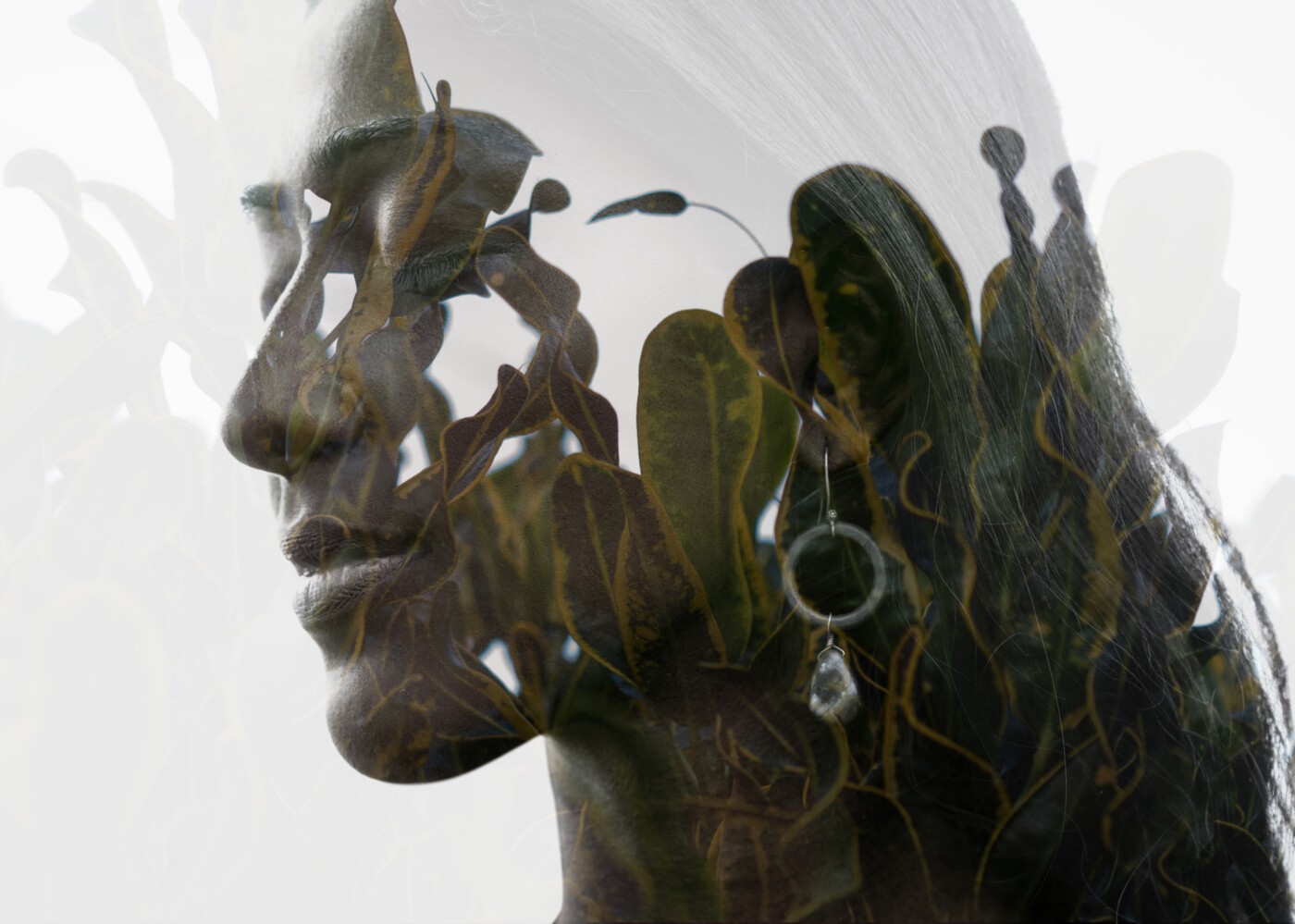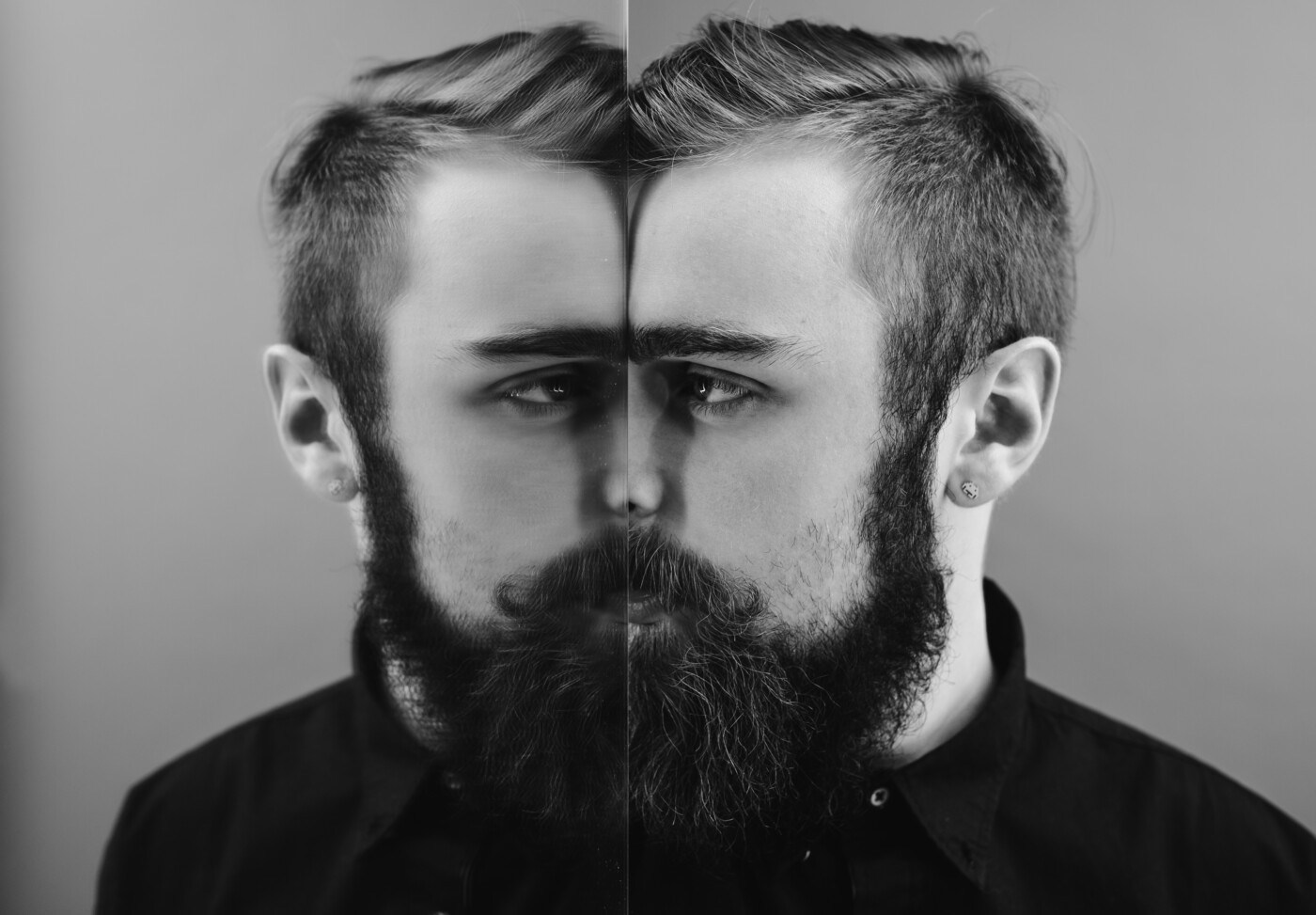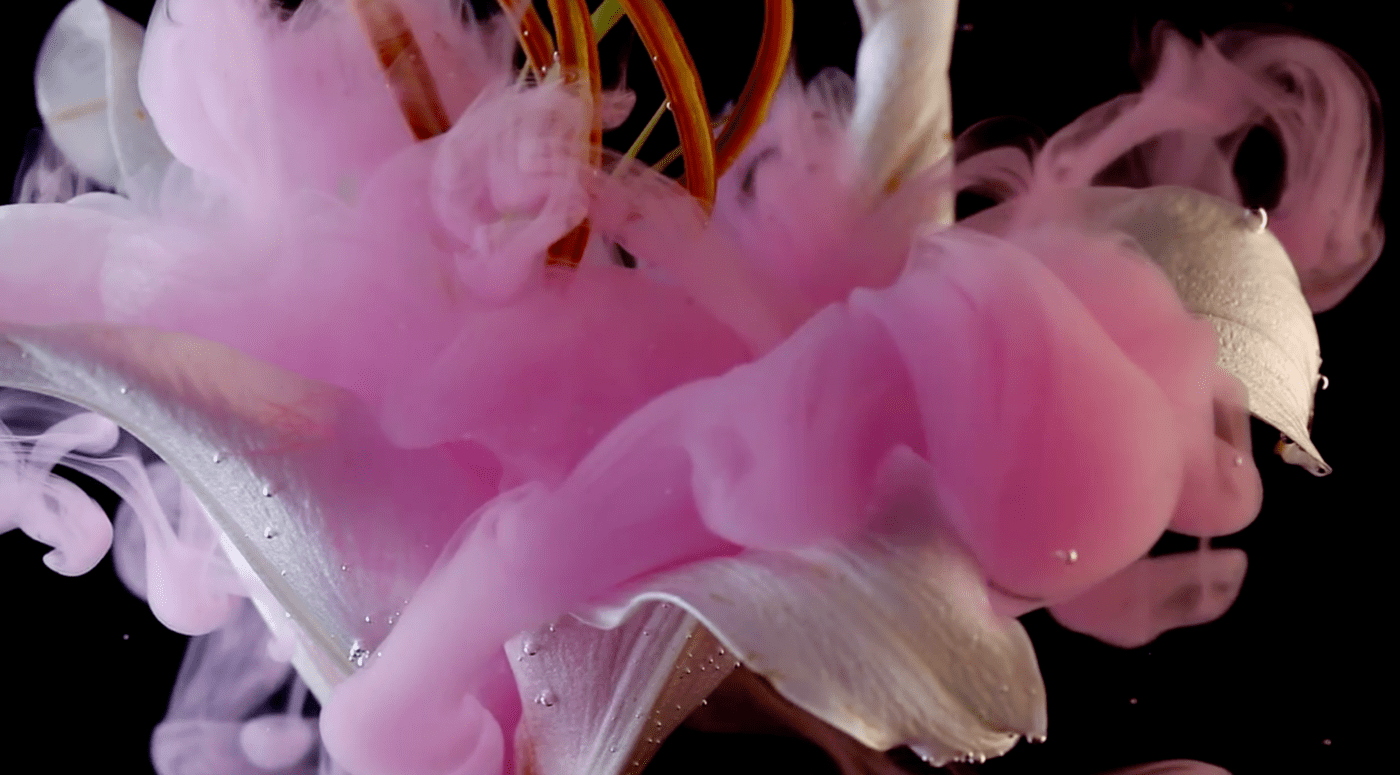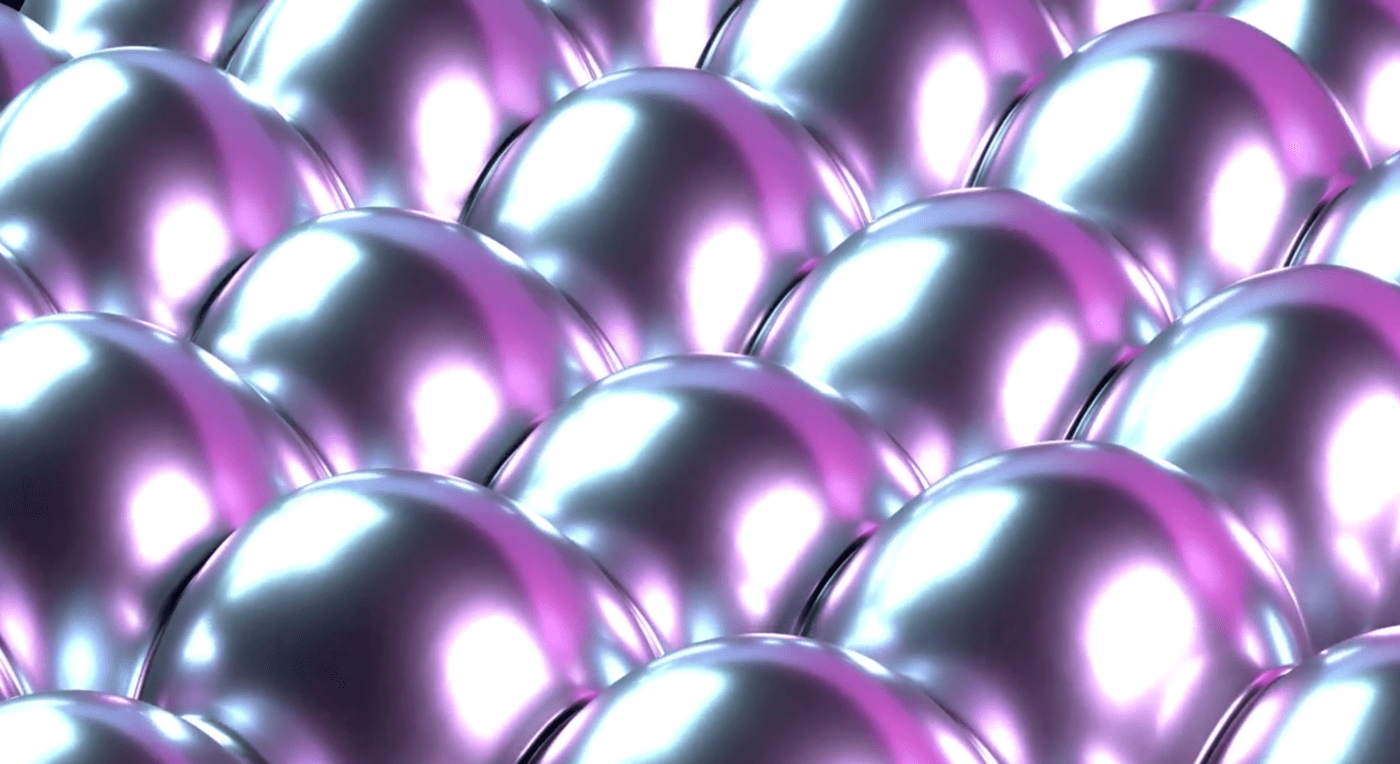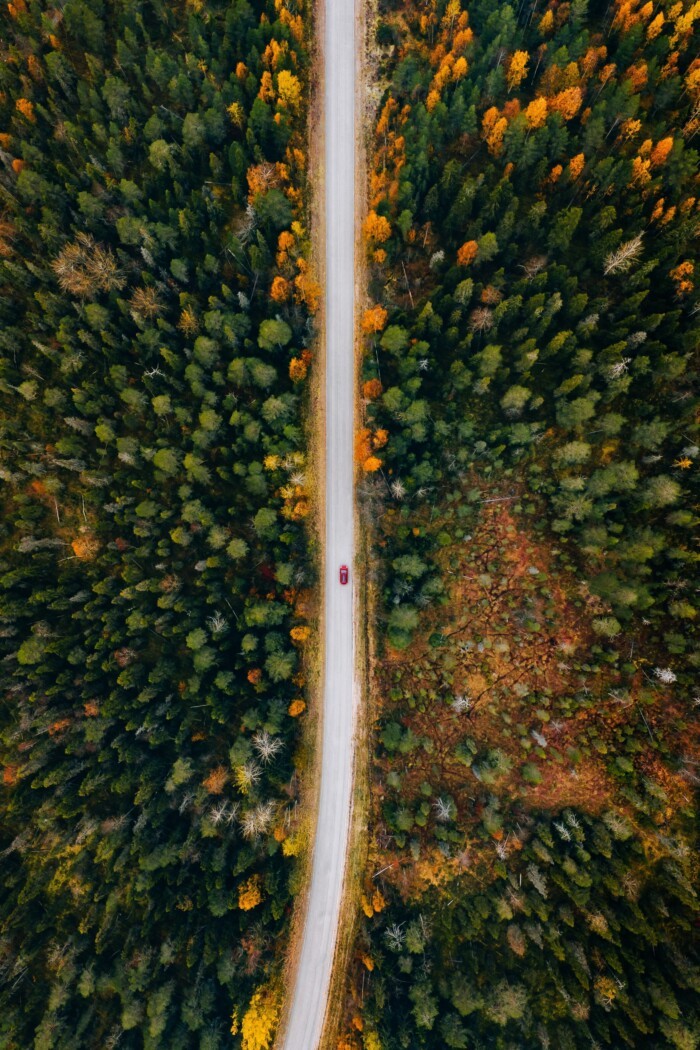Every year Depositphotos photobank makes big research of trends in design, photography, and communications. To highlight the main visual trends of 2020 and prepare an overview of the ideas and aesthetics of the future, we talked to creative agencies from around the world. Our main insight: if you don’t look for trends, they will inevitably find you.
Next year is rapidly moving in a futuristic direction. What seemed impossible will become everyday and familiar, designers will continue to amaze with the magic of CGI-technologies, and artists will do their best to visualize the concepts and ideas that are only beginning to emerge. Cyberpunk aesthetics, brutalism, and confrontation with AI – what else is waiting for us in 2020?
1. World of the Future
Extended Reality (XR) will be one of the main topics in 2020. Horizon from Facebook and Oculus Quest updates integrate virtual reality into everyday life. These technologies will not just affect how we spend our free time, communicate and buy products and services. Be ready to immerse yourself in virtual environments in retail, art, entertainment, and even at home.
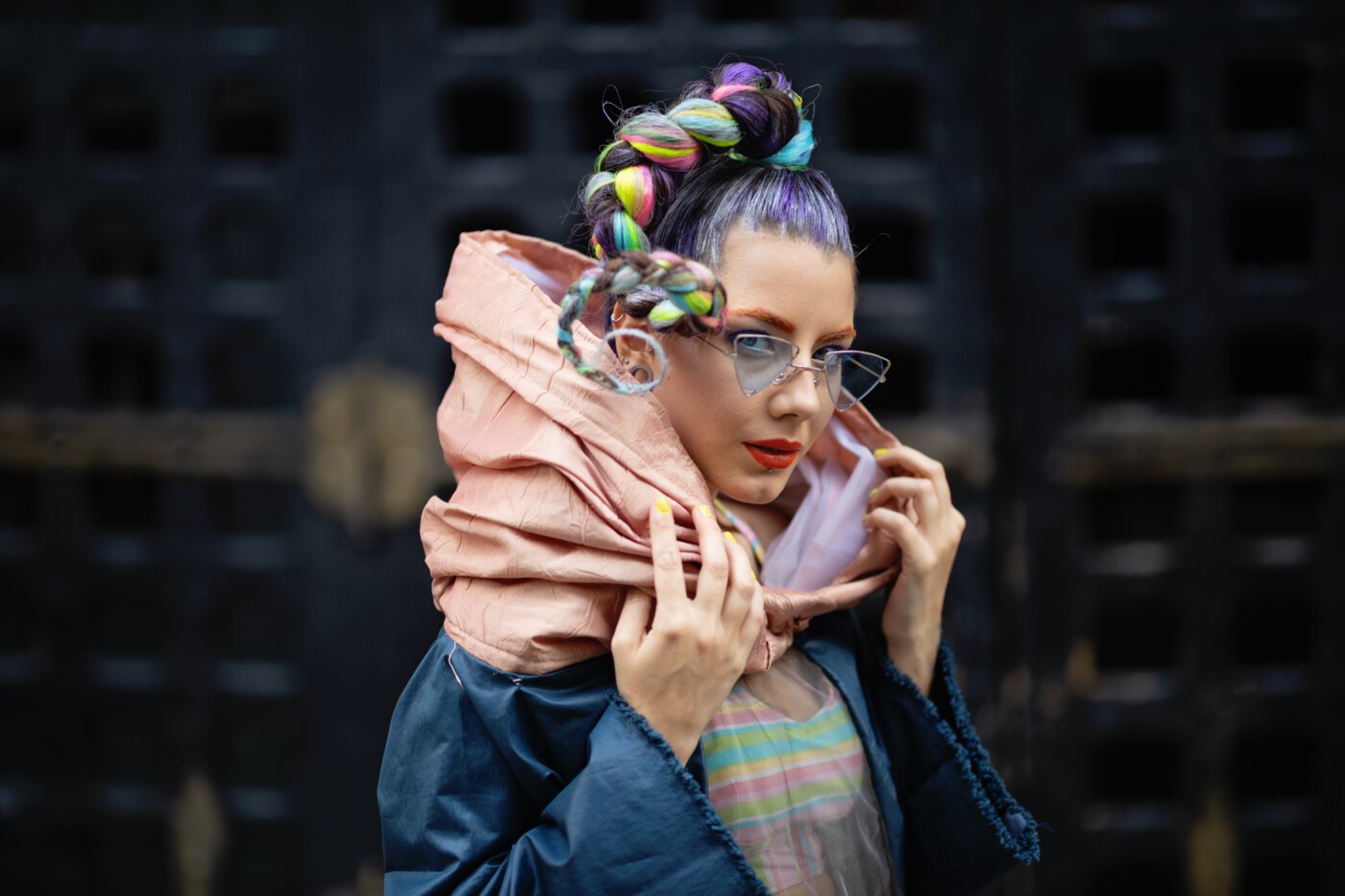
Popular topics will also be automation, robotics, 5G, eSports, artificial intelligence, neural networks, Internet of Things, and other unifying smart technologies. Companies need to learn how to effectively use the latest technologies, and the authors of content for microstock – to be the first who, thanks to a creative approach visualizes their use.
Movie premieres often cause a stir, and in 2020 it can be created by role-playing video games. Cyberpunk 2077 is capable of raising a new wave of rethinking pop culture in the sci-fi genre, where the main emphasis is on the superiority of artificial intelligence over human. Cyberpunk aesthetics often touches on fundamental aspects of modern society – the series “Black Mirror”, “Very Strange Cases” and the film “Blade Runner”.
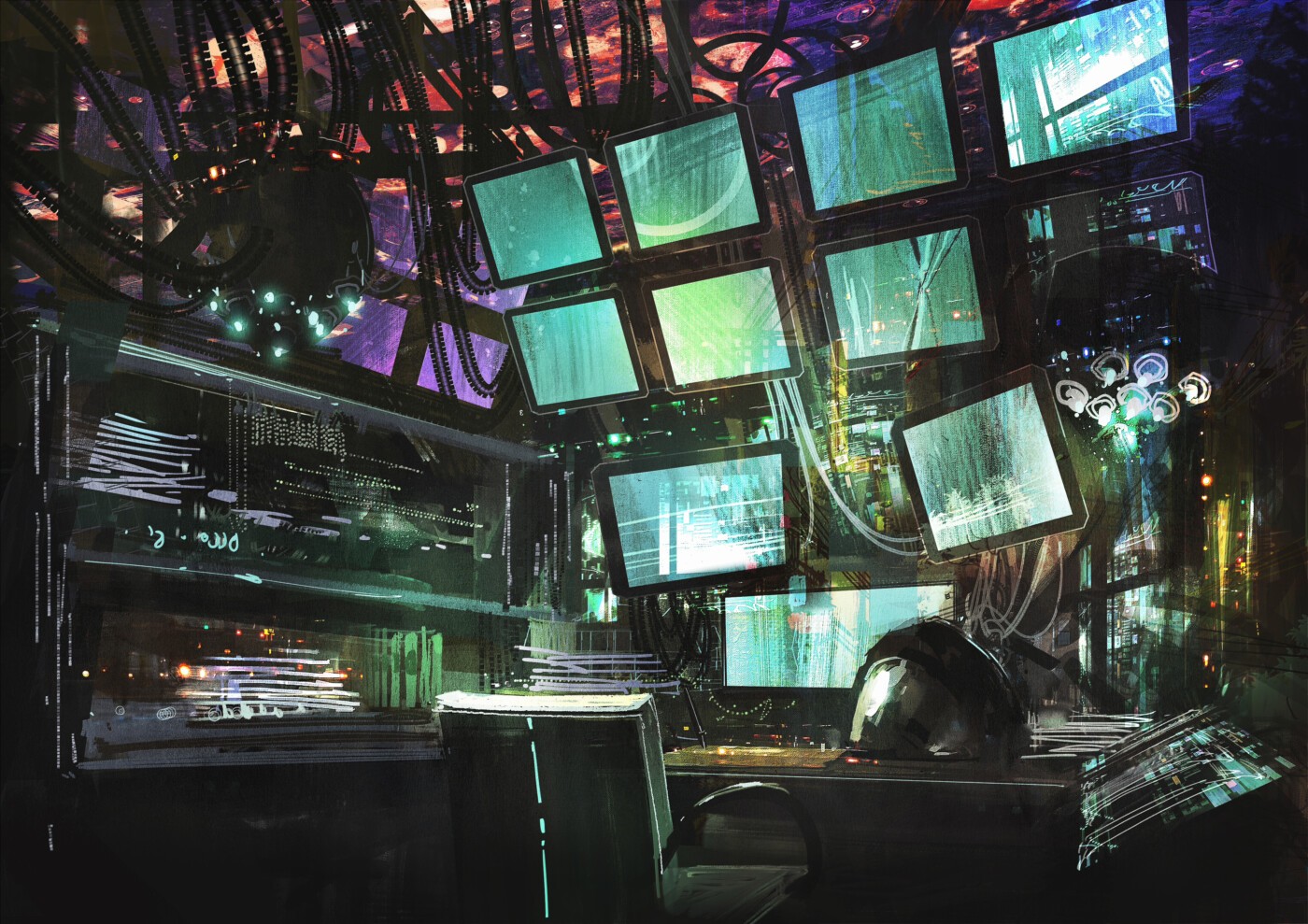
It is impossible not to notice that various design elements – three-dimensional, skevomorphic, flat, animated and others – are increasingly intertwined. This integration will become even more visible with the development of VR, AR, AI and other new technologies.
3. Rebounding
As if in the plot of a science-fiction novel, in 2020 artificial intelligence (AI) can take up tasks that previously performed the man. Thanks to even more powerful computers, AI develops at the speed of light and surpasses people’s learning abilities. These technologies are changing the way we buy, learn, and affect business and consumer behavior around the world.
We are now increasingly aware of the impact of technology. I think we should take a step back and learn from the past. I would like to question technology and progress and see how low technology becomes a trend. The AI is just a tool, but we have to take into account its reverse effect. For example, when technology becomes more energy efficient and therefore cheaper, we use it more often. But what are the consequences?
4. Bauhaus again and forever
The aesthetics of the Bauhaus School, which celebrated its centennial in 2019, continues to influence design today. Artists and designers are inspired by this style and interpret it in a modern way.
The Bauhaus style is the embodiment of the principle “less means more”. It manifests itself both in manual work, painting, architecture, and typography, as well as in web and graphic design. It is more than the familiar aesthetics. In 2020, the Bauhaus is able to inspire and challenge the familiar order of things.
In my opinion, flat or semi flat design, minimalism and user experience based on impeccable motion design will continue to gain popularity. There will definitely be more interactivity, transition complexity and 3D elements. In addition, there will be more non-standard layouts, custom typography and illustrations, which will look like a whole and complete image.
5. Brutalism and digital decadence
Brutalism may not be loved, but it cannot be ignored. At its core it is closely related to architecture, but its style and ideas have also captured the digital world. Due to the increased attention to the architectural direction in Instagram five years ago, brutalism gained recognition again. Today it is a growing rebellious trend, which literally pushes both designers and the audience out of their comfort zone.
A good design becomes too much. As a result, it gets bothering and boring. Then comes the brutal. Despite the seeming simplicity of execution and complete freedom of action, this is not an easy direction of design. Not every curve layout with strange typography and distorted proportions becomes stylish. The whole thing is to be strange, to attract attention, but not to fall into a craze, to stay within the aesthetics.
6. Dawn of muted shades
As opposed to saturated, futuristic colors, soft and delicate palettes attract more and more attention. You may already be familiar with the Tranquil Dawn color, beige halftones and monochrome shades of this year. Against a background of daring designs and challenging art solutions, the muted shades convey a refinement that is born in minimalism.
WGSN bet on the Neo-Mint shade, calling it the color of the year. It resonates not only with futuristic moods but also with the growing popularity of muted shades. I would like to see more color trends, which will help to find and emphasize the balance between nature and technology.
Continuing the theme of minimalism, it should be noted that the focus is on JOMO – the joy of missed opportunities. Use a light palette in Generation Z style and a simple approach to typography and photography for minimalistic projects.
7. Illusions of perception
All great design projects attract attention. Optical illusions or visual deformation of the composition and typography clings more strongly than a perfect picture. To take a look away from such a design is impossible – simply because it is non-standard and predictable framework.
Our mind is programmed to search for patterns – and if there are no patterns, we will have to stop, think and look wider to understand the big picture. It’s the same in design. Use distorted fonts and elements – and the audience will surely slow down to appreciate and understand the designer’s design.
If we see design as a kind of visual game, then trying to include spatial characteristics in a flat design fascinates and attracts viewers because it goes beyond the 2D environment. Works that overcome the limitations of flatness and contribute to the context help to better connect form and meaning.
8. Experiments in motion graphics
With the right tools, you can create projects that both respect and violate the laws of gravity. Continuing last year’s trend of 3D transition, designers are experimenting with animation with smooth movements, fluid and fragmented forms.
Combining animation, technology, art and design, artists are often inspired by nature and natural forms. They invent new elements or visualize chemical reactions with animation. As a result, works are born – hypnotizing, with bright 3D elements that do not succumb to the laws of gravity. With this, they attract attention and envelop dynamic online designs with a mystical fler.
9. Moving to the vertical
Today we consume most of our digital content from mobile devices. Therefore, vertical videos are a priority format for brands, influencers, and ordinary users of social networks. Vertical publications get 90% more views than posts with images.
Demand for ready-made content for social networks is growing. Brands are looking for quick solutions, and even stock platforms are adapting to the new vertical format standard. This means that content authors have more opportunities to experiment with composition in portrait orientation.
The “Black Mirrors” are still the main magnets of our time. Social networks dictate visual solutions. Nothing is left without their attention. Content will have to obey the laws of social networks. The extent to which images are “instagram” will determine their success.
10. Close-up details
Focusing on the general plan, it is easy to lose sight of something really important. To emphasize quality and to emphasize their openness and honesty, brands showcase product close-up. Several top companies in 2019 have already used this trend.
This trend means that there will be less post-production not only in advertising but also in photography as a whole. Use minimum retouching and focus on details to show the essence of the project.
Trends in visual communication are the starting point for interpreting, adapting, creating new styles, and improving those that already exist. Regardless of the area, you work in, this overview will introduce you to ideas and topics that will live online and eventually end up on your screens.






